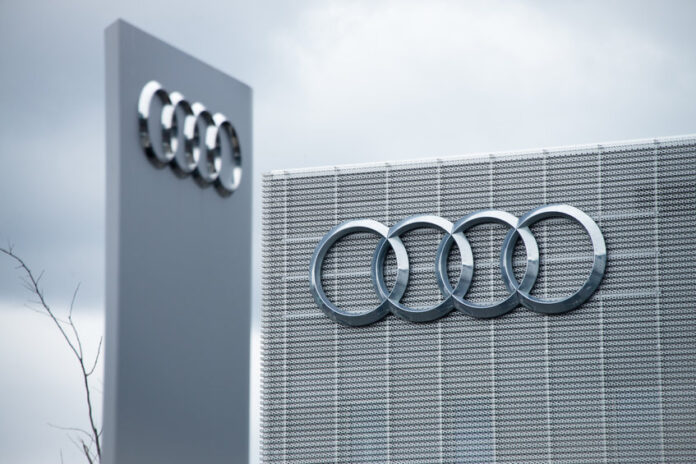Verizon Business CEO: The Audi will be ‘both a 5G mobile device and a vehicle’
In its first major 5G deal with an automaker, Verizon has announced an agreement with Audi to bring 5G connectivity to the car manufacturer’s U.S. vehicle lineup, estimated to begin with select models for the 2024 model year.
“Audi drivers will be among the first in the world to experience a new generation of automobiles, one in which their car is both a 5G mobile device and a vehicle,” said Tami Erwin, CEO of Verizon Business. “We’re proud to bring our transformative 5G networking expertise to a visionary partner like Audi, whose premium automotive engineering deserves second-to-none 5G technology to match.”
By embedding Verizon’s millimeter wave (mmWave) 5G connectivity — the name used for Verizon’s mmWave, and more recently C Band, spectrum — in Audi vehicles, the partnership will enable “highly personalized” and augmented mobile services and new driver-assistance features, connected services and fast in-car Wi-Fi and infotainment. And because the new, connected models will be able to receive firmware and software upgrades over the air, drivers can easily ensure that their in-vehicle technology remains current.
For Audi, the news is another in a long line of in-vehicle firsts: “Audi was the first automaker to bring in-vehicle Wi-Fi to customers as well as 4G LTE connectivity in the 2015 A3, and we will be among the first to bring the next generation of connectivity to our customers in the U.S.,” said Filip Brabec, senior VP of product planning for Audi of America.
More broadly, the development advances the visibility of cellular vehicle-to-everything (C-V2X) technology, which is designed to allow vehicles to respond to other vehicles and infrastructure around them for low-latency alerts and messages. Based on 3GPP’s Release 14, C-V2X builds on the IEEE’s 802.11p standard for dedicated short-range communications (DSRC).
While this announcement is a first for Verizon, the operator has been dropping not-so-subtle hints for years about its interest in C-V2X technology. For example, the company completed C-V2X research last year in collaboration with Nissan North America’s Research and Advanced Engineering team, demonstrating how sensor data from vehicles and surrounding infrastructure can be processed at the edge of Verizon’s wireless network and communicated back to the driver in near real time.
Now, the operator shared that it is partnering with all three major cloud providers for these mobile edge compute (MEC) services, which, when used in conjunction with 5G connectivity, can provide the low latency needed for urgent C-V2X communications.
Verizon’s 5G Ultra Wideband mobility service is available in parts of more than 1,700 U.S. cities, and in 2021, its 5G mmWave cell site deployments nearly doubled the previous two years’ combined.

